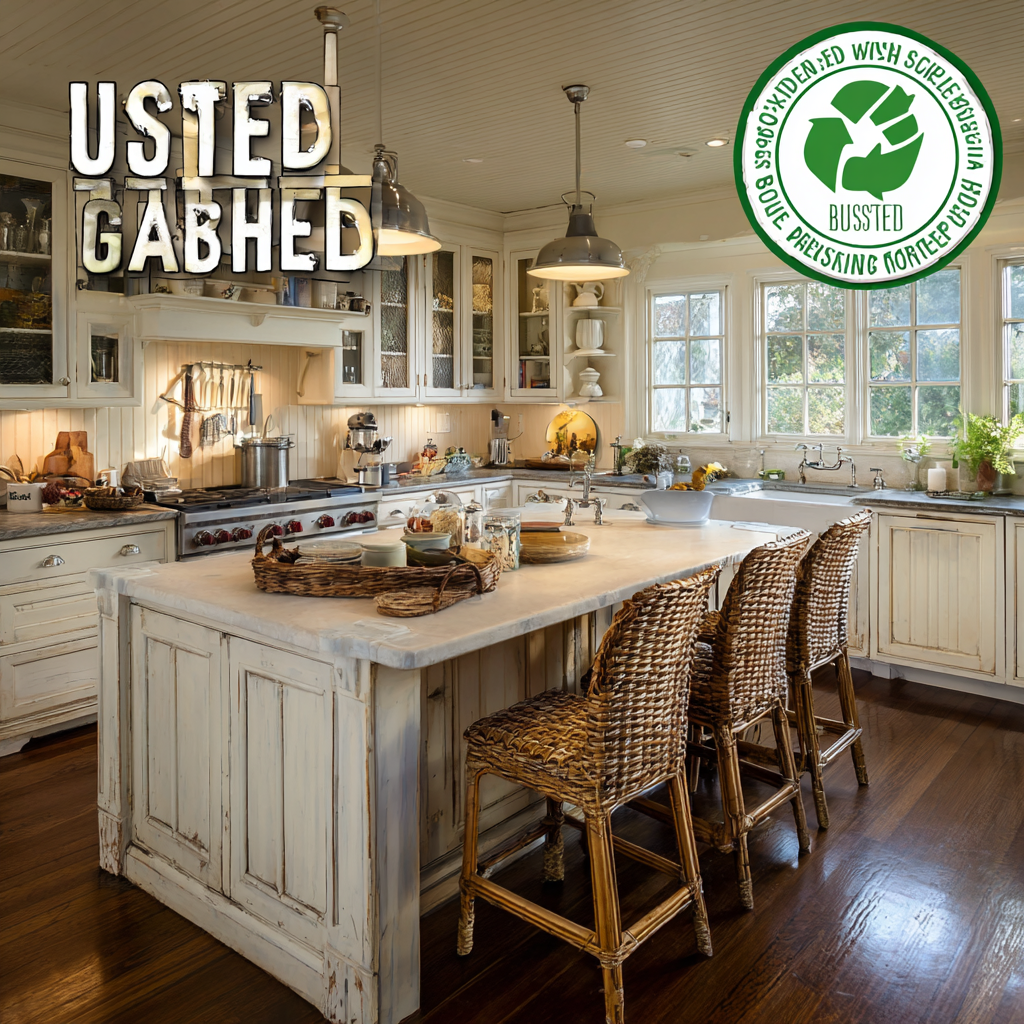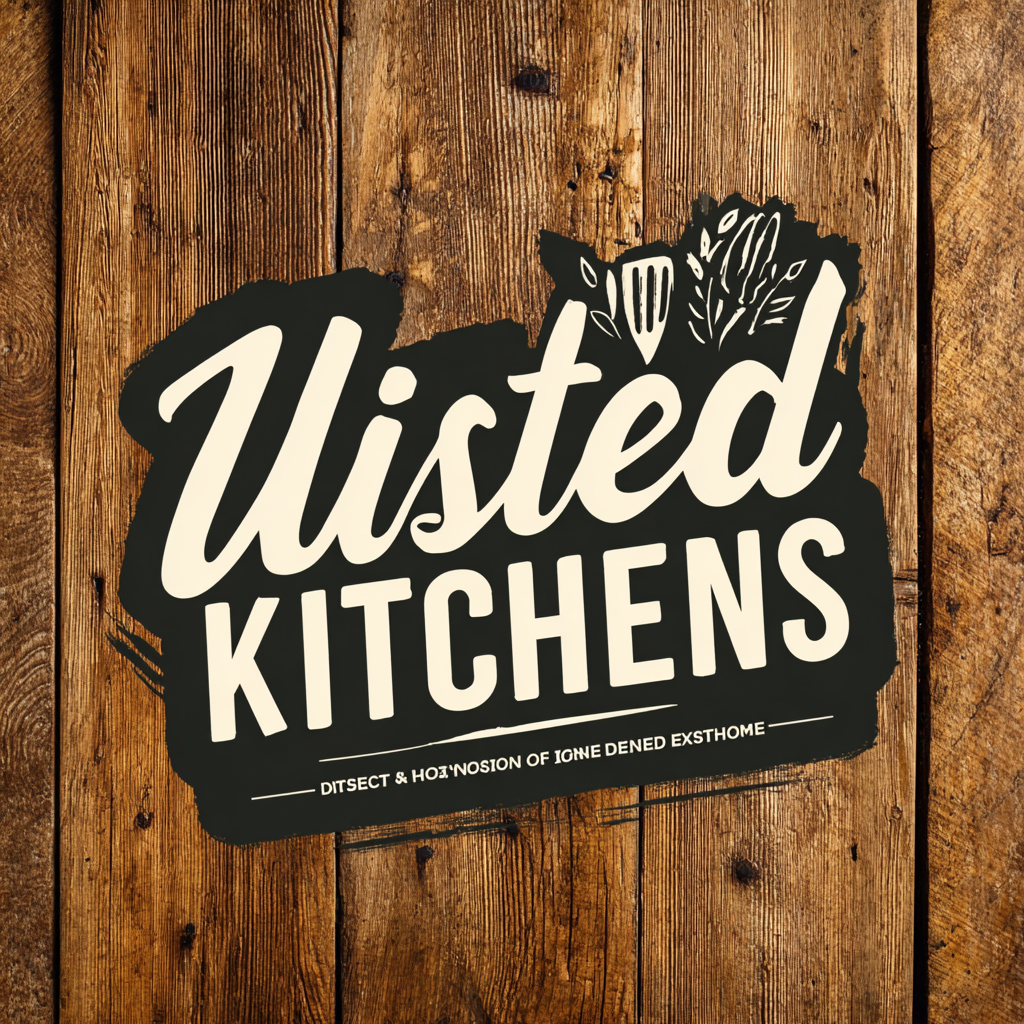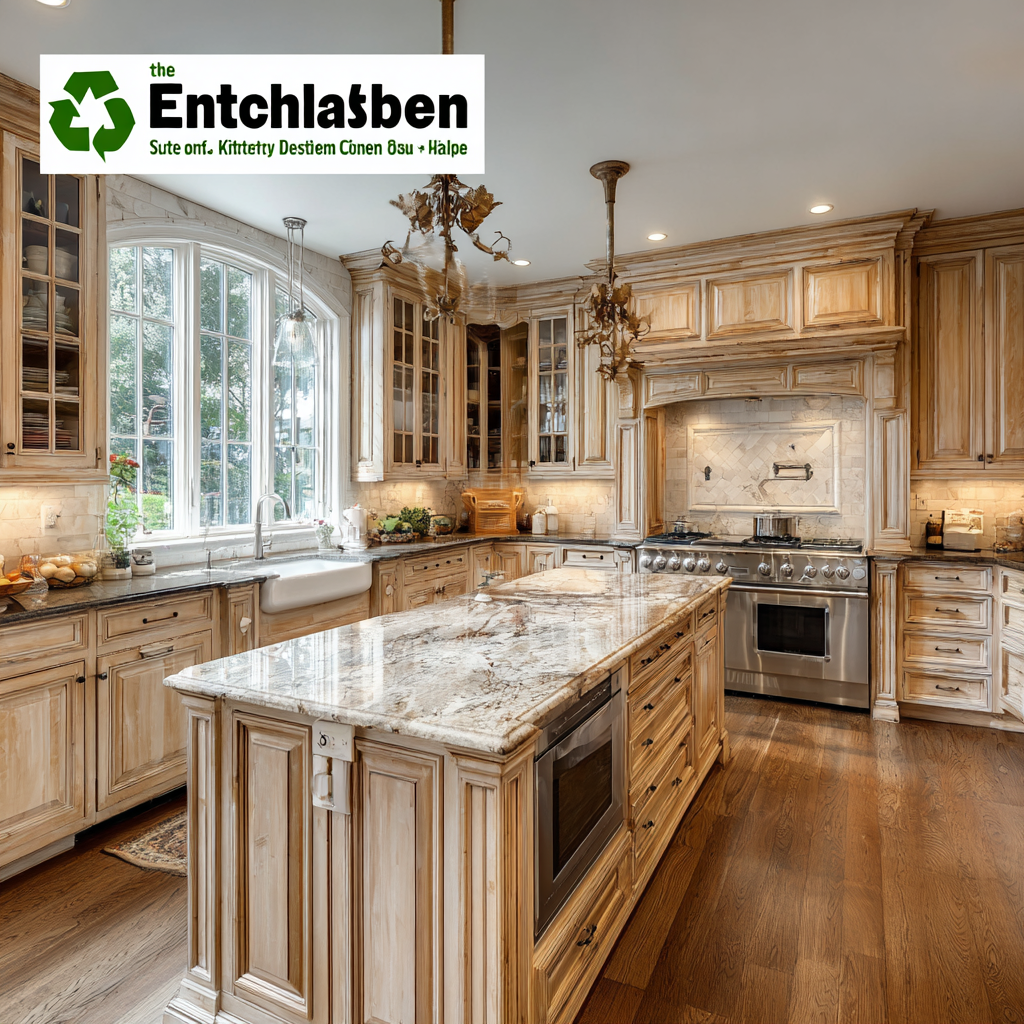As sustainable design continues to gain traction in the realm of home improvement, the importance of choosing eco-friendly materials cannot be overstated. According to a report by the U.S. Green Building Council, buildings are responsible for approximately 39% of carbon emissions, making it imperative for homeowners to find ways to reduce their environmental footprint. One effective approach is through the use of Used Kitchen Cabinets, which not only minimizes waste but also promotes recycling and reusing valuable materials. By selecting pre-owned cabinets, homeowners can significantly decrease the demand for new manufacturing processes that contribute to deforestation and pollution. In this guide, we will explore the best options for Used Kitchen Cabinets, emphasizing how these choices align with a sustainable lifestyle while enhancing the aesthetic and functional appeal of modern kitchens.

In the pursuit of sustainable design, the importance of eco-friendly materials in kitchen cabinet construction cannot be overstated. According to a report by the U.S. Green Building Council, buildings account for nearly 40% of the country’s carbon emissions, making it critical to reduce the environmental impact of our homes. Using sustainable materials like reclaimed wood, bamboo, and low-VOC (volatile organic compounds) finishes can significantly mitigate this impact while providing a modern aesthetic. Cabinets made from these materials not only enhance indoor air quality but also reduce pollutants, fostering a healthier living environment.
To make informed choices, homeowners should look for certifications such as FSC (Forest Stewardship Council) and GREENGUARD, which ensure products meet environmental and health standards. When selecting cabinets, consider the lifecycle of materials—choosing options that are durable and sustainable can lead to a 25% decrease in waste generated during renovations.
Tip: Opt for cabinets that use formaldehyde-free adhesives. This reduces toxic emissions and contributes to a healthier kitchen environment. Additionally, consider modular cabinets; they not only minimize waste in production but also allow for easier updates and renovations without complete replacements, ultimately extending the life cycle of your kitchen.

The movement towards sustainable design in kitchen cabinetry has gained remarkable traction, driven by innovative manufacturing techniques that minimize environmental impact. According to a 2022 report from the Sustainable Furnishings Council, the kitchen cabinet industry alone contributes to over 10% of waste in landfills due to traditional manufacturing methods. However, leading manufacturers are adopting strategies such as the use of reclaimed wood and low-VOC finishes to create eco-friendly cabinets that meet consumer demands without compromising quality or aesthetics.

Moreover, advanced technologies such as water-based adhesives and energy-efficient machinery are transforming how cabinets are produced. The same report indicates that manufacturers utilizing these technologies can reduce their carbon footprint by up to 30%. Additionally, the rise of modular designs enables homeowners to customize their space while reducing material waste. With consumers increasingly prioritizing sustainability, the integration of these innovative techniques is not just beneficial for the environment but increasingly becomes a competitive advantage in the market.
The trend towards sustainable design in home renovation is gaining momentum, with a clear rise in demand for eco-friendly products. As highlighted in recent market reports, the global DIY home renovation retail market is projected to reach $1,181.58 billion by 2025 and continue to grow to $843.05 billion by 2033. This shift reflects consumers' increasing awareness of sustainability and the need for greener choices in their homes.
One essential area within this trend is the growing market for sustainable kitchen cabinets. With an emphasis on eco-friendly materials and practices, savvy homeowners are not only improving their living spaces but also contributing to environmental preservation. Tips for selecting the best eco-friendly cabinets include looking for products made from reclaimed wood or low-VOC finishes, which minimize harmful emissions.
Moreover, the gypsum board texture market is expected to grow substantially, reaching $743.37 million by 2025 and $1.05553 billion by 2033. This increase showcases a broader consumer shift towards adopting green building materials, emphasizing the necessity for industry players to embrace sustainable design principles. When renovating your space, consider integrating products that align with these emerging trends for both aesthetic and environmental benefits.
| Cabinet Type | Material | Eco-Friendly Features | Average Price ($) | Market Trend |
|---|---|---|---|---|
| Reclaimed Wood Cabinets | Reclaimed Timber | Sustainable Sourcing, Low VOCs | 2000 | Increasing Demand |
| Bamboo Cabinets | Bamboo | Fast Growth, Biodegradable | 1500 | Growing Popularity |
| Recycled Metal Cabinets | Metal | Recycled Content, Durable | 1800 | Niche Market |
| Plywood Cabinets | Plywood with FSC Certification | Sustainable Forest Management | 1200 | Standardization |
| Solid Wood Cabinets | Hardwood | Natural Finish, Long-Lasting | 2500 | High-End Market |
As we explore the future of sustainable design, the implementation of eco-friendly cabinetry stands out as a prime example of innovation in residential spaces.
Case studies show that many homeowners are opting for environmentally conscious materials such as thermally fused laminate (TFL). The TFL market, projected to reach $14.91 billion in 2024 and grow to $23.37 billion by 2032 with a CAGR of 5.78%, emphasizes a growing demand for sustainable practices in the manufacturing of kitchen cabinets. These products not only reduce environmental impact but also offer durability and aesthetic appeal.
Successful implementations of sustainable cabinetry can be seen in various projects where reclaimed wood and non-toxic finishes are utilized. Homeowners are increasingly aware of their choices, favoring companies that prioritize sustainable materials. In one notable case study, a family transformed their outdated kitchen using cabinets made from renewable resources, showcasing how beautiful design can coexist with environmental responsibilities. This approach not only enhances the functionality of their space but also aligns with a lifestyle dedicated to reducing carbon footprints. The movement toward sustainable cabinetry is not just a trend; it’s a commitment to a healthier planet and better living spaces for future generations.
As the world increasingly prioritizes sustainability, China's influence on eco-friendly kitchen design innovations becomes ever more significant. With its rapidly advancing technology and production capabilities, China is at the forefront of integrating sustainable practices into kitchen renovations. From sourcing materials responsibly to implementing energy-efficient manufacturing processes, Chinese manufacturers are rethinking how kitchen cabinets can be both stylish and environmentally conscious.
Leading the charge, several companies are developing furniture from reclaimed wood and bamboo, materials that are not only sustainable but also aesthetically pleasing. Moreover, China is investing heavily in the research and development of non-toxic finishes and adhesives, ensuring that homes maintain a healthy indoor environment. This commitment to sustainability is reflected in the growing global demand for eco-friendly kitchen products, showcasing how China not only meets local needs but also sets trends in sustainable design on an international scale. As these innovations proliferate, they empower homeowners around the world to choose kitchen cabinets that align with their eco-conscious lifestyles, paving the way for greener living spaces.
Whether you’re a homeowner, builder, or designer, you’ll find that our elegant cabinets create a breathtaking space that evokes positive emotions and encourages lasting memories. We invite you to explore our website to learn more about who we are and how we can help you.
Woodinville | Bellevue | Seattle | Kirkland | California | Berkeley | Walnut Creek | Roseville, CA
© 2025 Acadia Craft. Powered by Integrity Marketing Serving Woodinville, Kirkland, Bellevue & The Greater Seattle Area
